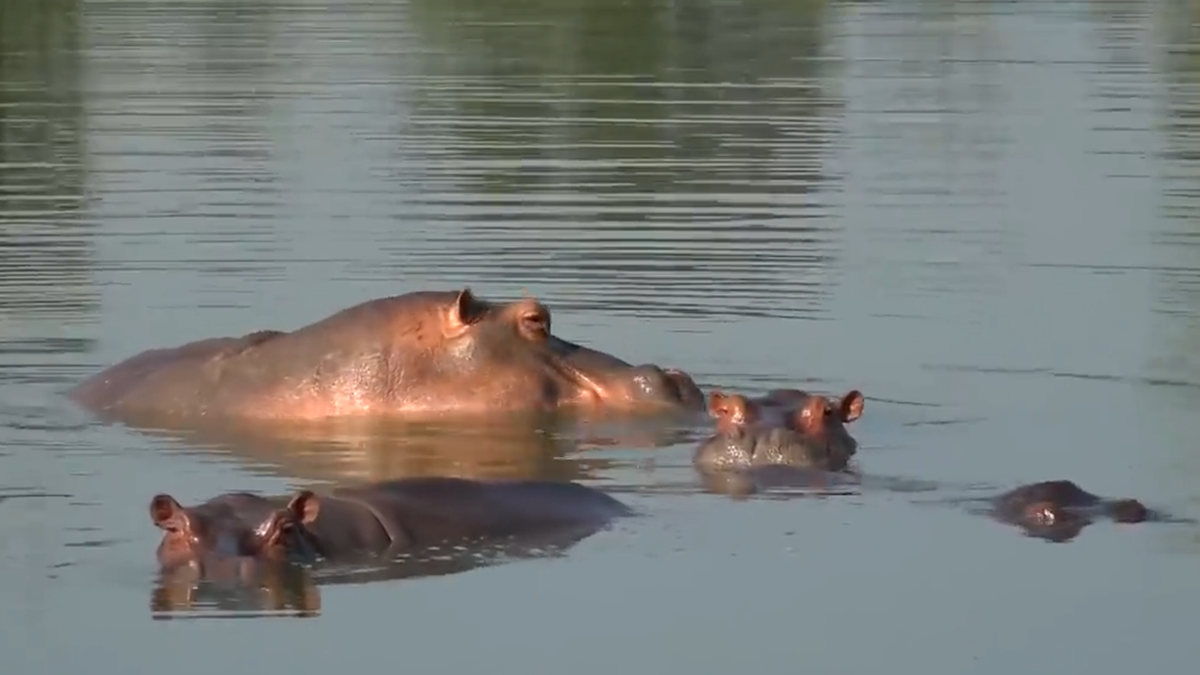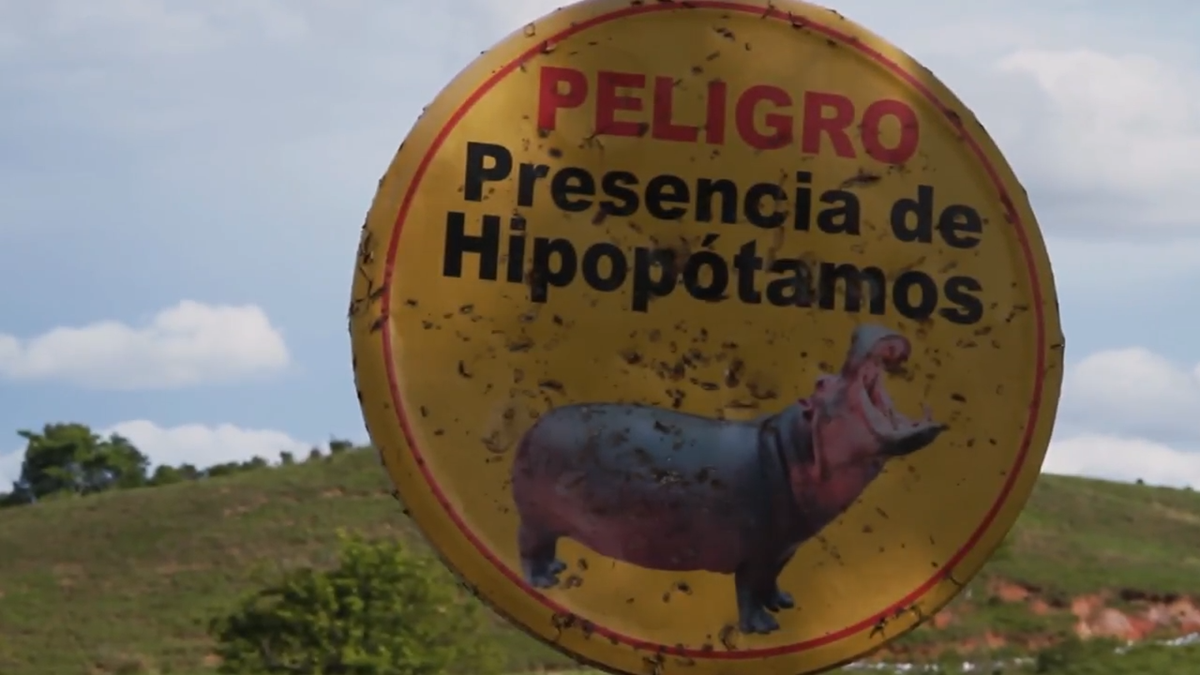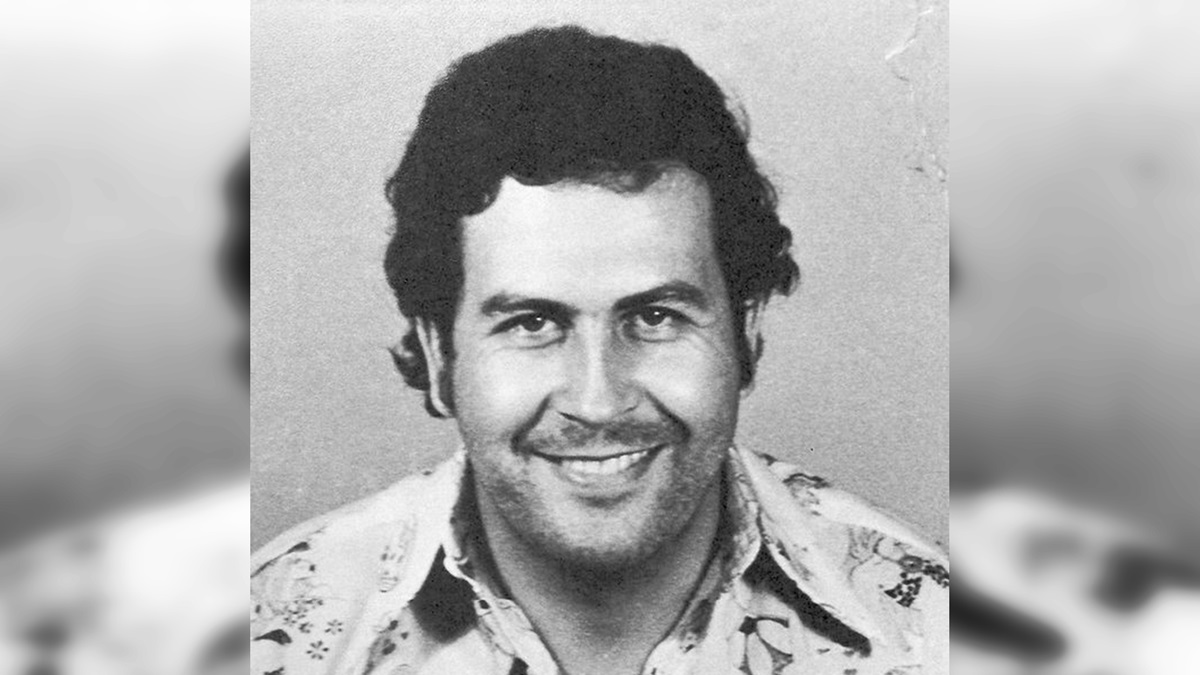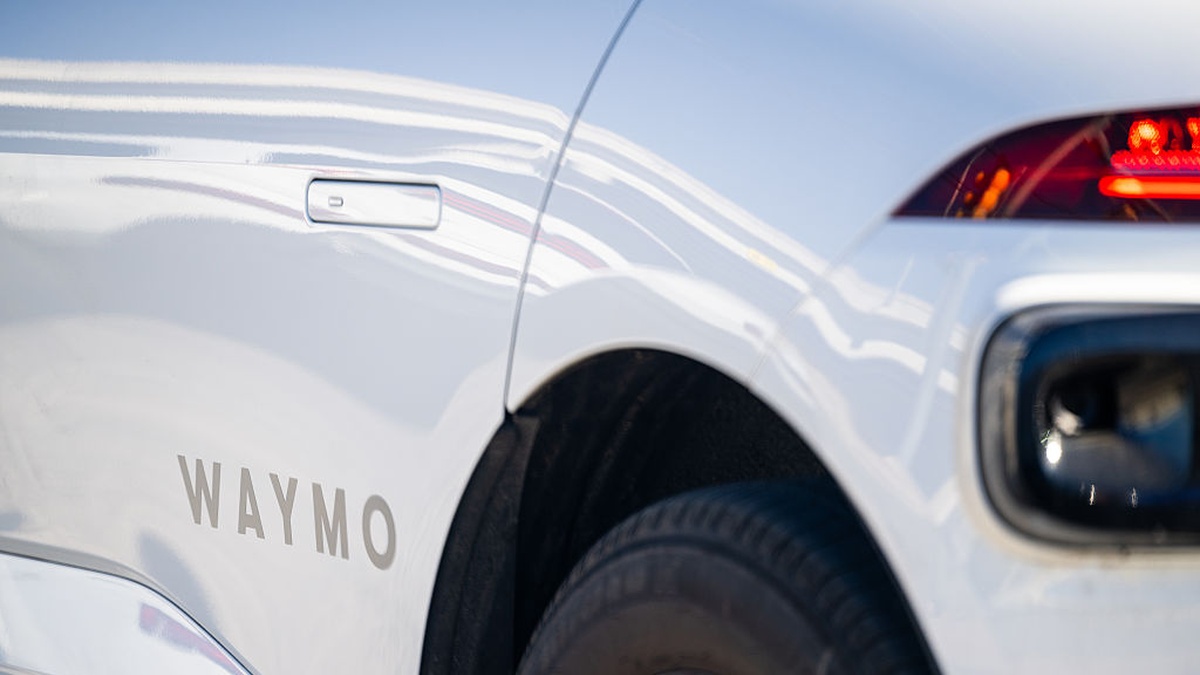Colombian drug lord Pablo Escobar was considered the most notorious drug trafficker in the ‘80s and ‘90s. At the peak of his operations, he reportedly had 80% control of the global distribution of cocaine, and his wealth amounted to $30 billion ($65.2 billion in today’s money) at the time of his death in 1993.
With such a large sum of money at his disposal, Escobar spent some of it to give back to the people in Colombia by providing housing for the destitute, building schools and hospitals, and sponsoring sports teams, earning him the nickname “Robin Hood.” However, his philanthropic efforts barely made a dent in his wealth. He also lived lavishly and had a fleet of luxury vehicles, including more than a hundred planes, helicopters, and yachts. In addition, he had more than a hundred homes in different locations, one of which was Hacienda Napoles.
Pablo Escobar’s free-roaming hippos
Hacienda Napoles was one of Escobar’s favorite properties. Spanning 20 square kilometers, it boasted swimming pools, a go-kart racetrack, manmade lakes, a sculpture garden, an airport, and a zoo, among other things. Escobar filled the zoo with various animals, some of which were illegally transported to Colombia, as they weren’t native to the country.
In the ‘80s, Escobar had hippos smuggled into Hacienda Napoles to live in the zoo. When he was killed by the Colombian forces in 1993, his properties were seized. Some animals died at the property, while others were transported to other zoos to be taken care of. However, the hippos were too difficult to transport, and thus, were left at the estate. There were three females and one male, and they have reproduced throughout the years. They’re known as “cocaine hippos” not because they ingested cocaine like the cocaine bear, but because of their association with Escobar, the “King of Cocaine.”
The cocaine hippo population is rapidly growing

The hippos thrived in the environment and started roaming to other locations. In a 2016 article from National Geographic, researcher David Echeverri, who works with the Colombian government to oversee the hippos, said the animals have sufficient food and water where they were left.
At that time of the interview, there were about 28 hippos at Escobar’s property, and Echeverri said there could be as many as 40 total, with the others roaming nearby rivers. “Within 10 years that could grow to nearly 100, if we don’t manage them,” he said. It also poses a threat to people nearby, as according to Echeverri, “hippos kill more people in Africa than any other animal.” The hippos multiplied quickly, as they have no predators in the area unlike in Africa, where hyenas, lions, and crocodiles prey on them. Furthermore, the presence of the animals is affecting the area, as they excrete a lot of waste that contaminates rivers, in turn killing fish, turtles, and other wildlife.
By 2021, the cocaine hippos have grown to about 80 in number. The government’s first solution was to sterilize them, but the process was dangerous and costly. Only a limited number have gone through the process. Another solution was to shoot them with darts laced with GonaCon, a contraceptive for animal population control.
In late 2023, Colombia’s minister of environment and sustainable development, Susana Muhamad, released a statement saying the hippos have multiplied to 169, and something must be done to control the rapid growth. If not, the cocaine hippo population may reach 1,000 by 2035. The proposed solution was to relocate, sterilize, or ethically euthanize the hippos. “We are in a race against time in terms of the permanent environmental and ecosystem impacts that are being generated and that is why we cannot say that only one strategy is effective for our objective,” Muhamad said.
People are being attacked

There have been a few reports of cocaine hippos attacking people. One man, John Aristides, was injured in 2021 while he was fishing. He said a hippo grasped his head with its mouth, and bit him on the arm. The beast also grabbed him and threw him a couple of meters away. Fortunately, Aristides was able to escape without his arm being ripped off, as hippos have widely-spaced teeth. However, the injuries he sustained landed him in the hospital for a month.
That’s the worst attack that has happened, and so far, there have been no deaths reported due to the hippos, but it could happen in the future if they aren’t contained. There has also been a report of some hippos wandering into a schoolyard where children and their mothers were present. “While they may look very calm, at any moment, given their highly unpredictable behavior, they can attack, as has happened before,” Echeverri said.
While some fear the cocaine hippos, other locals have grown to love the hippos, and said that they have coexisted peacefully throughout the years. “It’s already become our culture to live with them and it’s great to have this population with us,” a local, Dunia Arango, said.











Published: Jul 2, 2024 12:41 pm